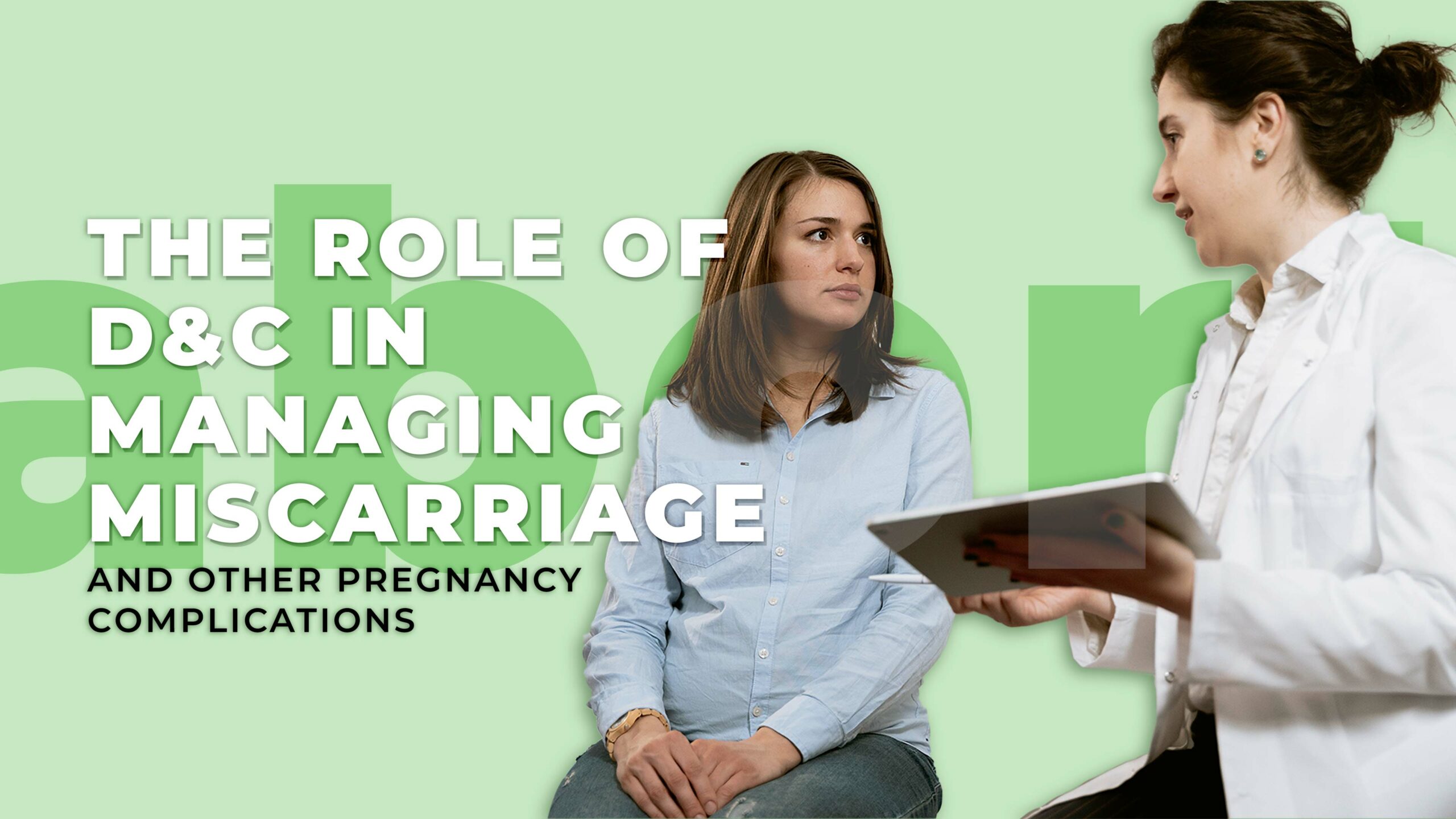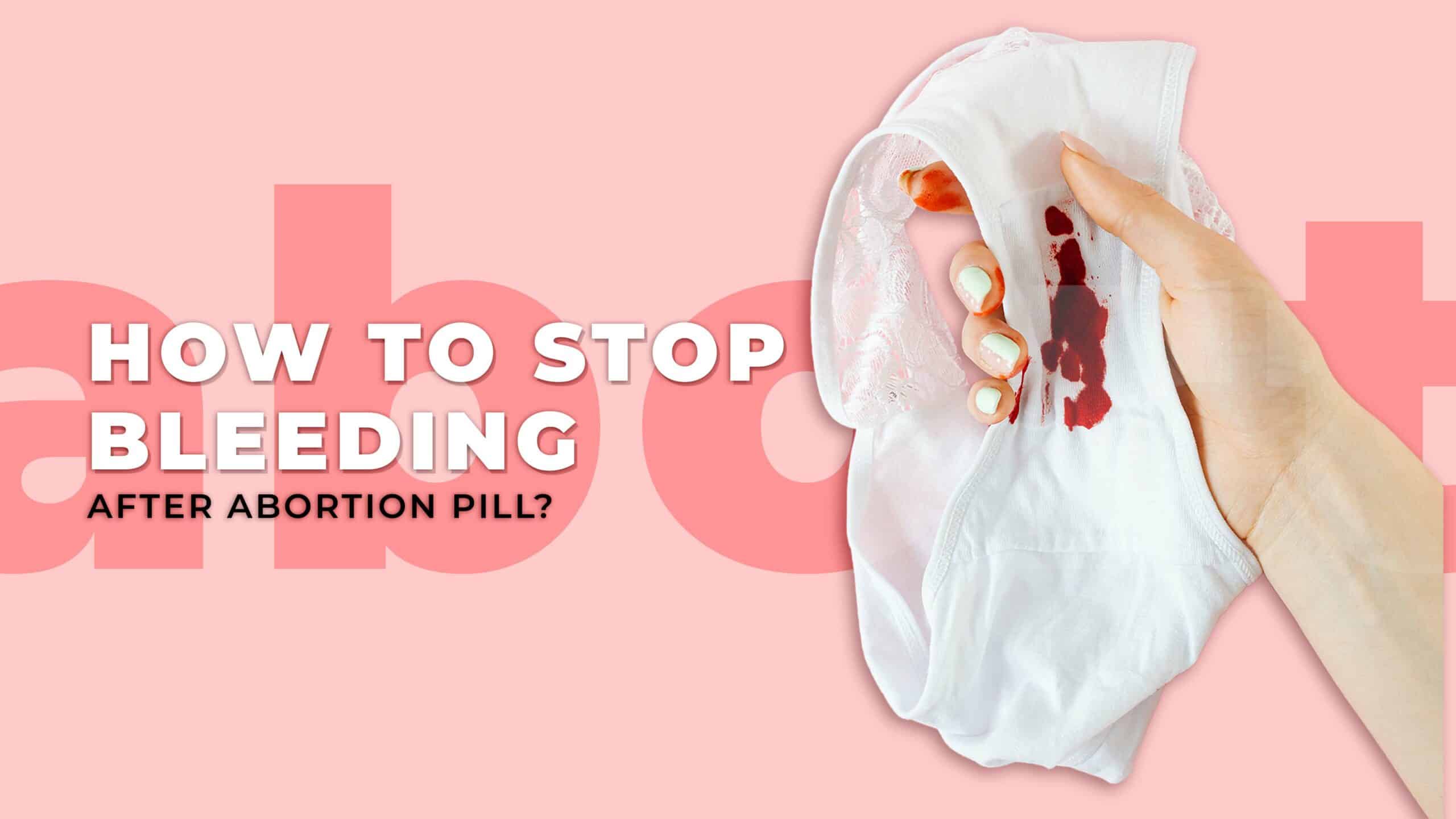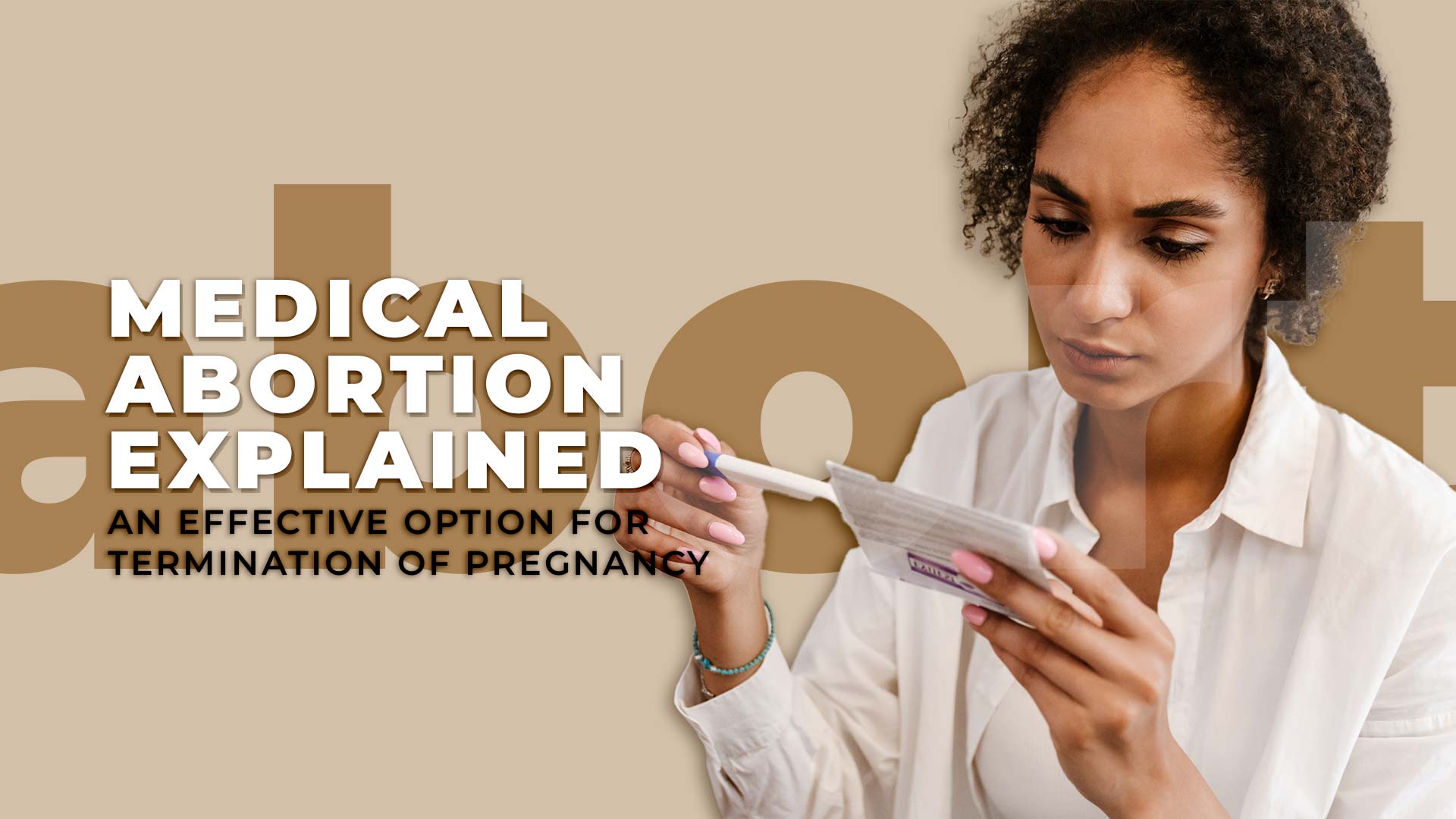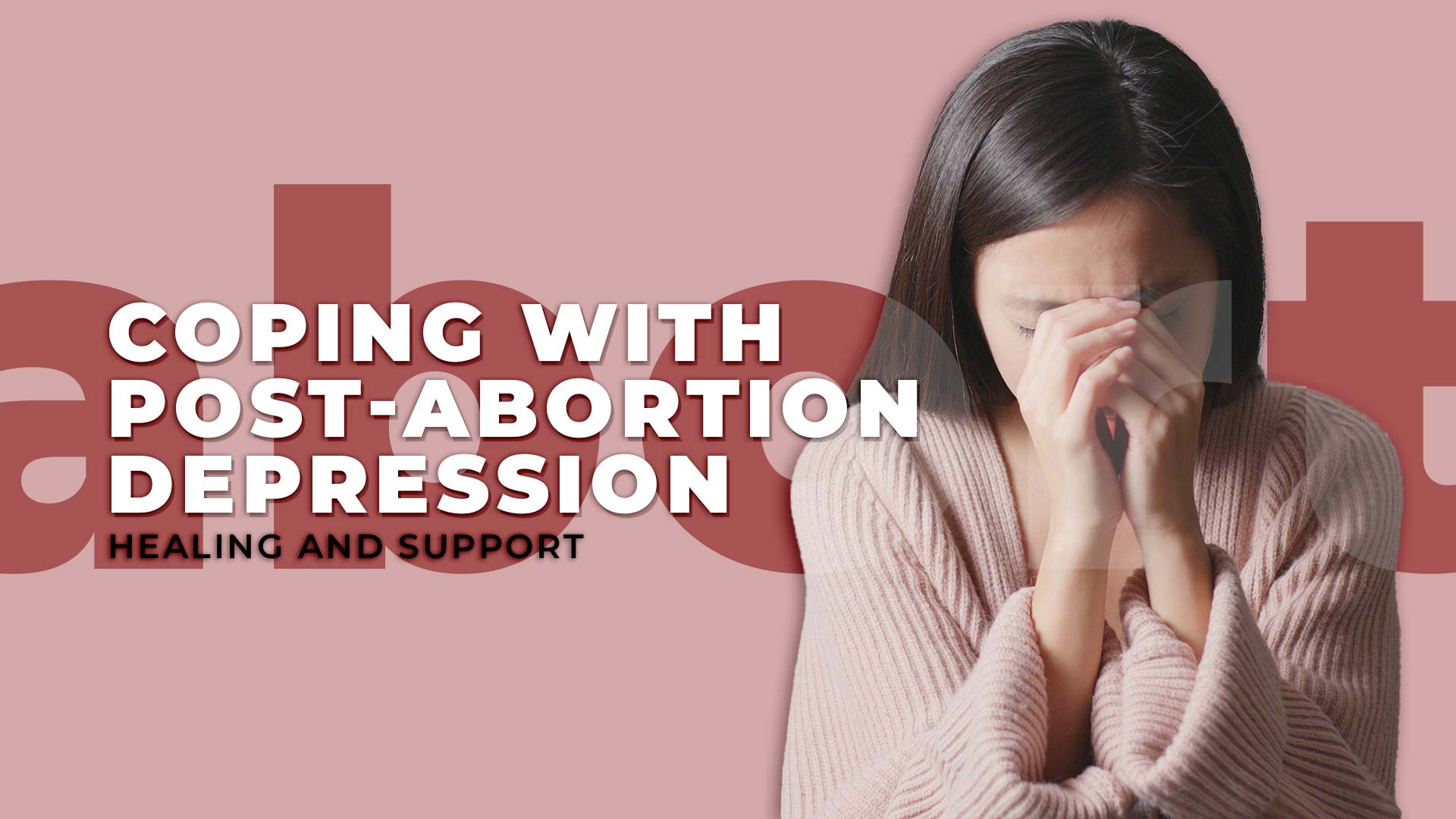Both D&C and the abortion pill are considered safe and effective methods of ending a pregnancy. Still, it is important to weigh the risks, benefits, and possible side effects of each method with your healthcare provider before making a decision. Remember to have follow-up appointments after an abortion, whether done with D&C or the abortion pill, to ensure that the procedure was complete and to monitor any complications.
Introduction
D&C (Dilation and Curettage) and abortion are medical procedures used to terminate a pregnancy, but they are slightly different in terms of how they are performed and when they are used.
D&C is a surgical procedure typically performed in a hospital or clinic. It involves dilating the cervix (opening the entrance to the uterus) and then using a curette to scrape the uterus lining and remove the pregnancy tissue. D&C is typically used in cases where a pregnancy has ended, but the tissue has not been expelled naturally, or where a miscarriage has occurred.
Abortion, on the other hand, is a broader term that can refer to various methods used to terminate a pregnancy. One of the most common methods is medication, known as the “abortion pill,” which is taken by mouth and causes the uterus to contract and expel the pregnancy tissue. This method is typically used in the first trimester of pregnancy. Another standard method is vacuum aspiration, a procedure similar to D&C, but it’s done using a suction device to remove the pregnancy tissue from the uterus.
Is a D&C an abortion?
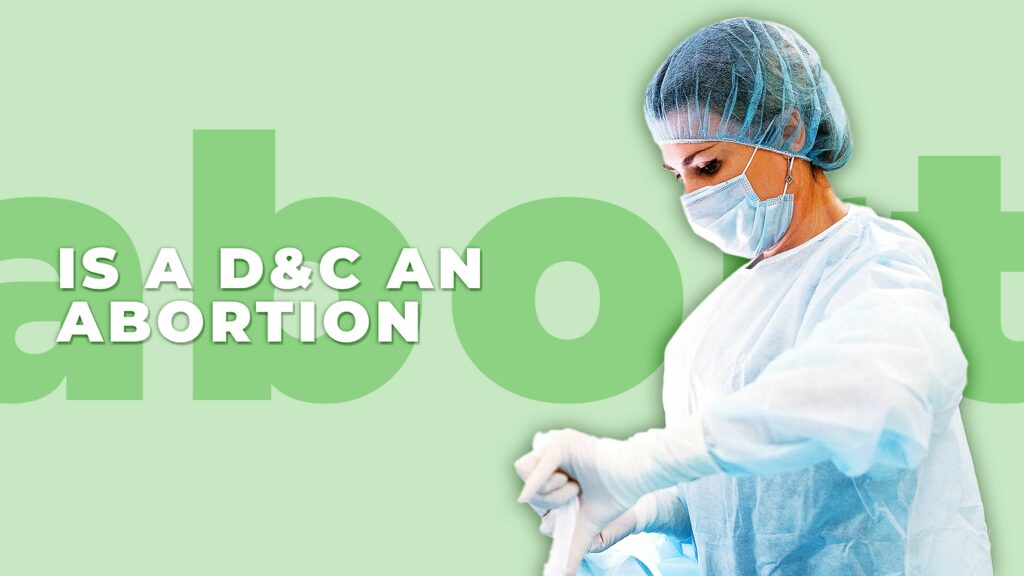
Dilation and Curettage (D&C) is a surgical procedure that removes tissue from the uterus. This procedure is typically performed in a hospital or clinic under general or local anesthesia. During the process, the cervix (the entrance to the uterus) is dilated (opened) using thin rods made of plastic or metal. Once the cervix is opened, a thin, spoon-shaped instrument called a curette is used to scrape the lining of the uterus. The scraping removes any remaining tissue from the uterus after a pregnancy has ended, such as after a miscarriage or a failed medication abortion.
A D&C is generally considered a safe procedure, and complications are rare.[1] However, there is a small risk of infection, bleeding, or injury to the uterus or nearby organs. D&C is usually done as an outpatient procedure so patients can go home the same day, but in some cases, patients may need to stay in the hospital for a day or two. Recovery time varies depending on the individual, but most women can return to normal activities within a few days.
On the other hand, abortion is a term used to describe the termination of a pregnancy before the fetus can survive outside the womb. This can include surgical procedures, such as vacuum aspiration or D&C, and medication methods, such as the “abortion pill.” The abortion pill is a medication taken by mouth that causes the uterus to contract and expel the pregnancy tissue. This method is typically used in the first trimester of pregnancy.
D&C is not considered an abortion in the traditional sense because it’s done after the pregnancy is ended, and it’s only to remove the remaining tissue from the uterus. However, it’s essential to consult a healthcare provider to determine the best course of action if you have any concerns about your pregnancy.
D&C procedure for miscarriage
Approximately 20% of pregnancies end in a miscarriage, usually within the first 12 weeks, known as an early miscarriage.[2] In cases where the miscarriage doesn’t begin naturally (missed miscarriage), the tissue remains in the uterus (incomplete miscarriage), or no embryo forms in the uterus (blighted ovum), D&C is an option that your doctor may present. This procedure is also offered if you have learned you will miscarry but prefer not to wait for the process to begin naturally.
A Dilation and Curettage (D&C) for a miscarriage is a surgical procedure that is performed to remove any remaining tissue from the uterus after a miscarriage has occurred.[1] This procedure is typically done when a woman experiences a miscarriage and the pregnancy tissue has not been expelled naturally or if there is heavy bleeding or infection. It is done under anesthesia, either general or local. The cervix is dilated using thin rods, and a narrow instrument called a curette is used to scrape the lining of the uterus to remove any remaining tissue.
Recovery time varies, but most women can return to normal activities within a few days. However, patients may experience cramping, bleeding, and mild discomfort for a few days after the procedure. It’s important to avoid heavy lifting or strenuous activities for a week or two after the procedure.
It’s important to note that D&C for a miscarriage is a safe procedure. Still, it’s essential to consult a healthcare provider to determine the best course of action if you have any concerns about your pregnancy. Additionally, it’s also necessary to take care of yourself emotionally and psychologically during this challenging time and to seek support if you need it.
D&C in pregnancy
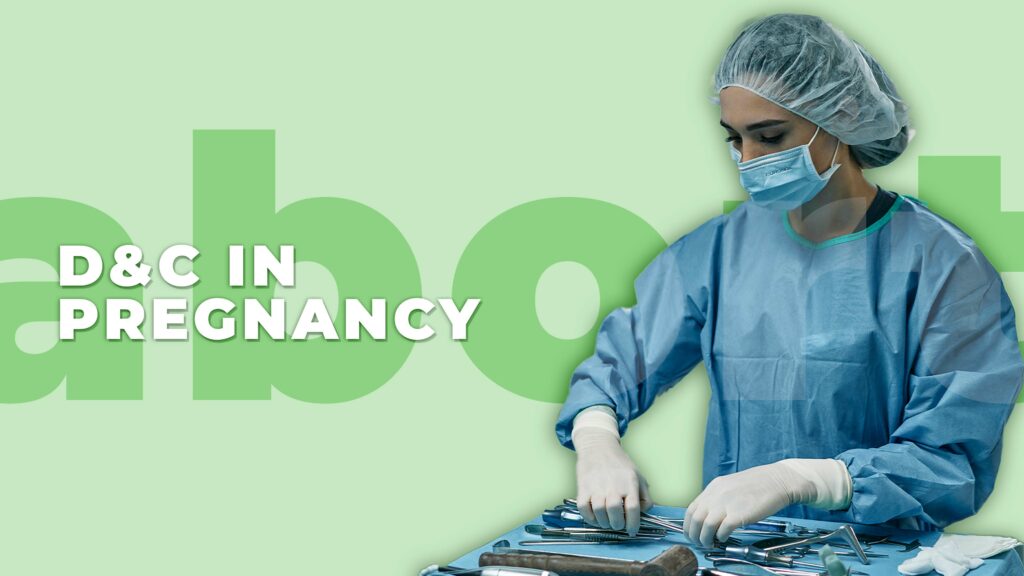
D&C in pregnancy[1] is typically done in the following cases:
- Miscarriage: A D&C is done to remove the remaining tissue from the uterus after a miscarriage. This is typically done when the pregnancy tissue has not been expelled naturally or if there is heavy bleeding or infection.
- Incomplete Abortion: A D&C is done when a medication abortion has not been completed, and there is remaining tissue in the uterus.
- Molar Pregnancy: A D&C removes abnormal tissue growth in the uterus caused by a genetic error in the fertilized egg, known as a molar pregnancy.
- Placental Abruption: A D&C occurs when the placenta separates from the uterus before delivery, and the pregnancy can’t continue.
- Ectopic Pregnancy: A D&C is done when a fertilized egg implants outside the uterus; it’s not a viable pregnancy, and a D&C is done to remove the tissue.
During the procedure, the cervix is dilated (opened) using thin rods made of plastic or metal. Once the cervix is opened, a thin, spoon-shaped instrument is used to scrape the lining of the uterus. The scraping is done to remove any remaining tissue from the uterus.
Recovery time can vary among individuals, but typically, most women can resume their daily activities within a few days after the procedure. However, it’s normal to experience some cramping, bleeding, and mild discomfort for a few days after the D&C. It’s advisable to avoid heavy lifting or engaging in strenuous activities for the first week or two after the procedure to ensure proper healing.
D&C in pregnancy is a safe procedure, but it’s essential to consult a healthcare provider to determine the best course of action if you have any concerns about your pregnancy. Additionally, it’s also necessary to take care of yourself emotionally and psychologically during this challenging time and to seek support if you need it.
Risks of D&C

Dilation and Curettage (D&C) is a safe procedure, but like any surgical procedure, there are potential risks and complications[1]. These include
- Infection: There is a risk of infection in the uterus or nearby organs. This can be treated with antibiotics.
- Heavy bleeding: There is a risk of severe bleeding after the procedure. This can be treated with medication or further surgery if necessary.
- Injury to the uterus or nearby organs: There is a risk of damage to the uterus or nearby organs during the procedure. This is rare, but it can cause severe complications if it occurs.
- Scarring of the uterus: There is a risk of scarring after the procedure. This can cause problems with future pregnancies.
- Emotional distress: D&C can be emotionally distressing for women who have experienced a miscarriage or other pregnancy complications. It’s important to seek emotional support during this difficult time.
- Anesthesia complications: There is a risk of complications with anesthesia. Some people may have allergic reactions to it.
Risks and complications of D&C vary depending on the individual, and the procedure is considered safe overall. It’s important to discuss any potential risks and complications with your healthcare provider before the procedure.
Final Words
Dilation and Curettage (D&C) is a surgical procedure that removes tissue from the uterus during pregnancy. It is typically performed in a hospital or clinic under general or local anesthesia. D&C can be done in cases of miscarriage, incomplete abortion, molar pregnancy, placental abruption, and ectopic pregnancy. The procedure is safe and recovery time varies, but most women can return to normal activities within a few days. However, patients may experience cramping, bleeding, and mild discomfort for a few days after the procedure. It’s essential to consult with a healthcare provider to determine the best course of action if you have any concerns about your pregnancy and to seek support if you need it emotionally and psychologically during this difficult time.
References
- Cooper DB, Menefee GW. Dilation and Curettage. [Updated 2022 Mar 9]. In: StatPearls [Internet]. Treasure Island (FL): StatPearls Publishing; 2022 Jan-. https://www.ncbi.nlm.nih.gov/books/NBK568791/
- Pregnancy after miscarriage: Trying again (2021) Mayo Clinic. Mayo Foundation for Medical Education and Research. Available at: https://www.mayoclinic.org/healthy-lifestyle/getting-pregnant/in-depth/pregnancy-after-miscarriage/art-20044134

